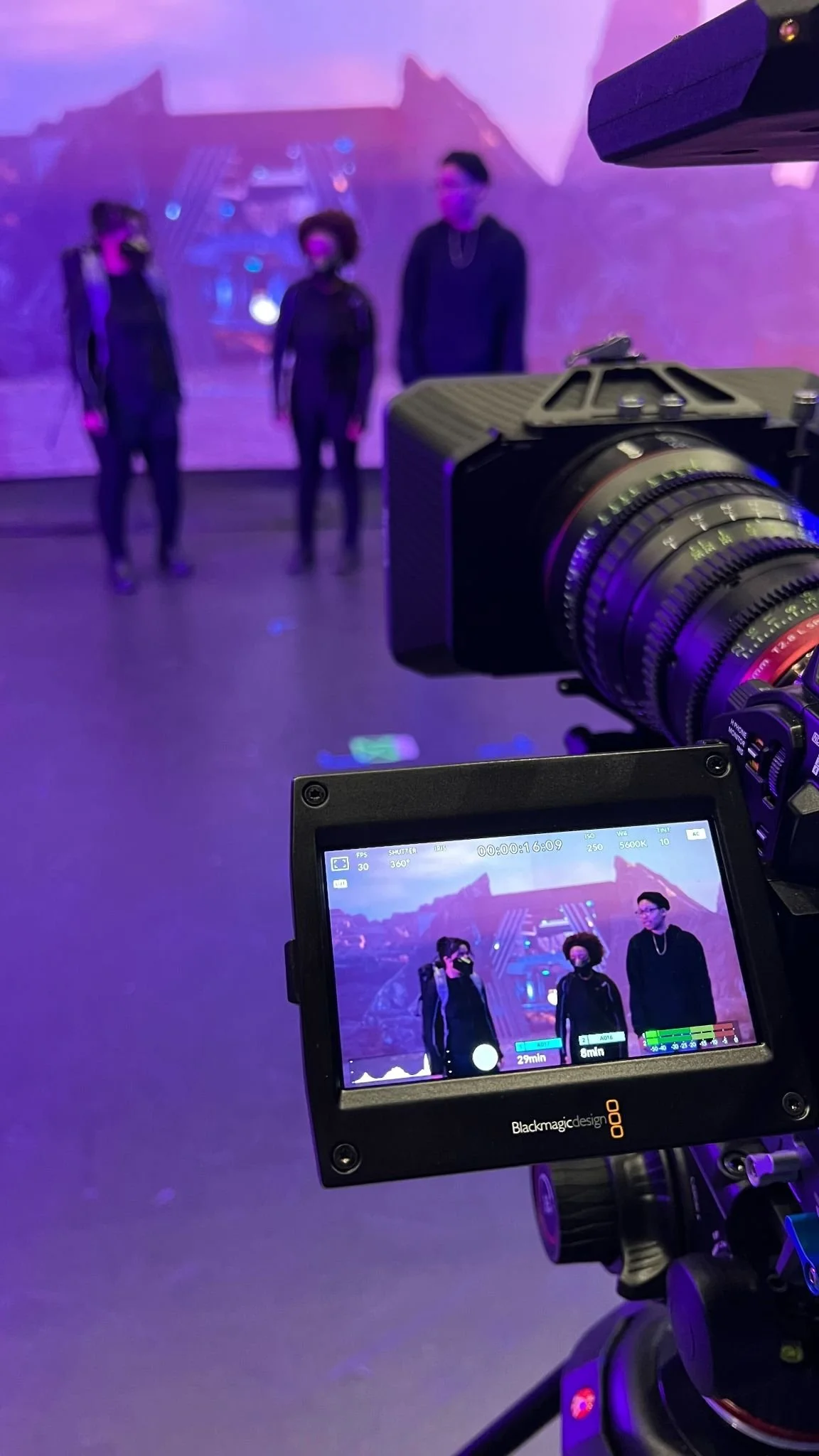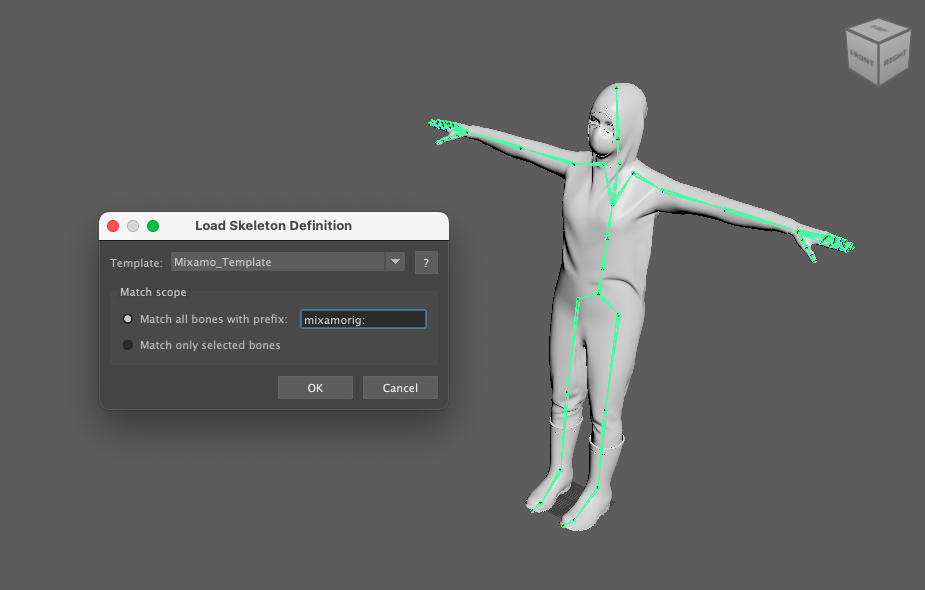Project Overview
Solana is a short film created as part of our Camera and Capture class at NYU's Integrated Digital Media (IDM) program. This project challenged us to blend virtual and physical filmmaking techniques, pushing the boundaries of traditional storytelling.
The project spanned approximately one month and was a testament to collaboration, innovation, and technical creativity. It was an exhilarating and memorable experience, showcasing the potential of merging cutting-edge technology with traditional filmmaking.
Our Team
This film was created by Claudia Cerdas, Keiani Allen and Yi Chen. Supervised by Matthew Rader
Pre-Production
The first step in this project involved brainstorming to define our creative direction. After settling on a dystopian sci-fi theme, we began designing characters and researching professional pre-production techniques. To ensure clarity and alignment, we created detailed frame-by-frame storyboards outlining the visual composition, character actions, audio elements, and camera movements. This meticulous planning minimized potential misunderstandings and streamlined the shooting process.
Scriptwriting, World-Building, and Props
After completing the storyboard, we progressed to scriptwriting, world-building, and creating props. Using Unreal Engine, we designed a digital environment featuring outdoor landscapes and indoor scenes, which were projected onto an LED wall during filming to enhance immersion. Additionally, we 3D-printed two masks to complement the sci-fi aesthetic of the costumes. Finally, we finalized the screenplay to ensure actors were well-prepared for shooting days.
Execution and Problem-Solving
On the filming day, we focused on setting up lighting to seamlessly integrate actors into the digital environment and configuring the camera for optimal shots. For scenes that couldn’t be fully captured on set, we implemented alternative solutions, such as using a green screen for actor close-ups. In post-production, we replaced the green screen with a custom-designed soil texture created in Unreal Engine to maintain visual consistency.
Post-Production
After completing the storyboard, we progressed to scriptwriting, world-building, and creating props. Using Unreal Engine, we designed a digital environment featuring outdoor landscapes and indoor scenes, which were projected onto an LED wall during filming to enhance immersion. Additionally, we 3D-printed two masks to complement the sci-fi aesthetic of the costumes. Finally, we finalized the screenplay to ensure actors were well-prepared for shooting days.








